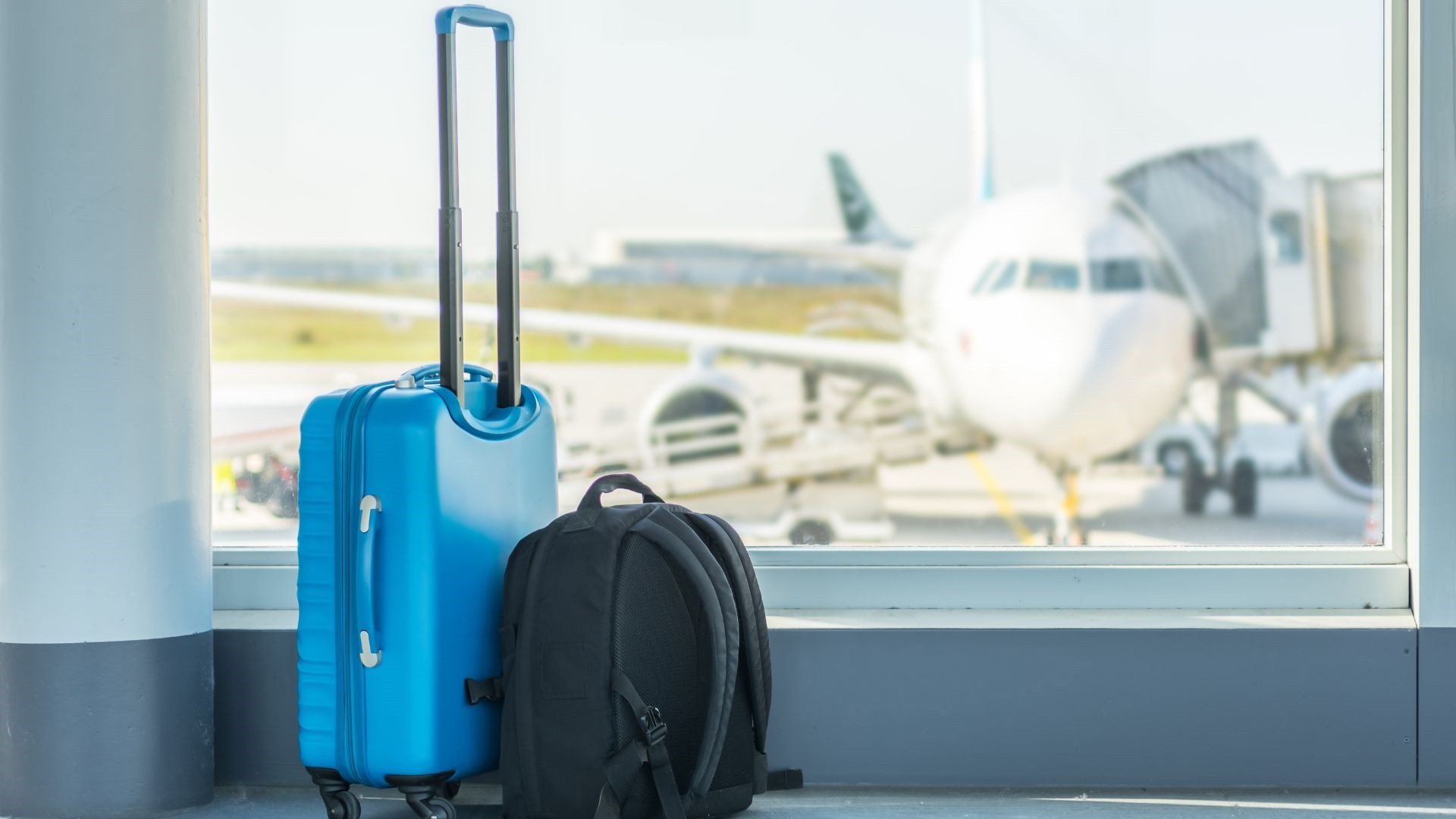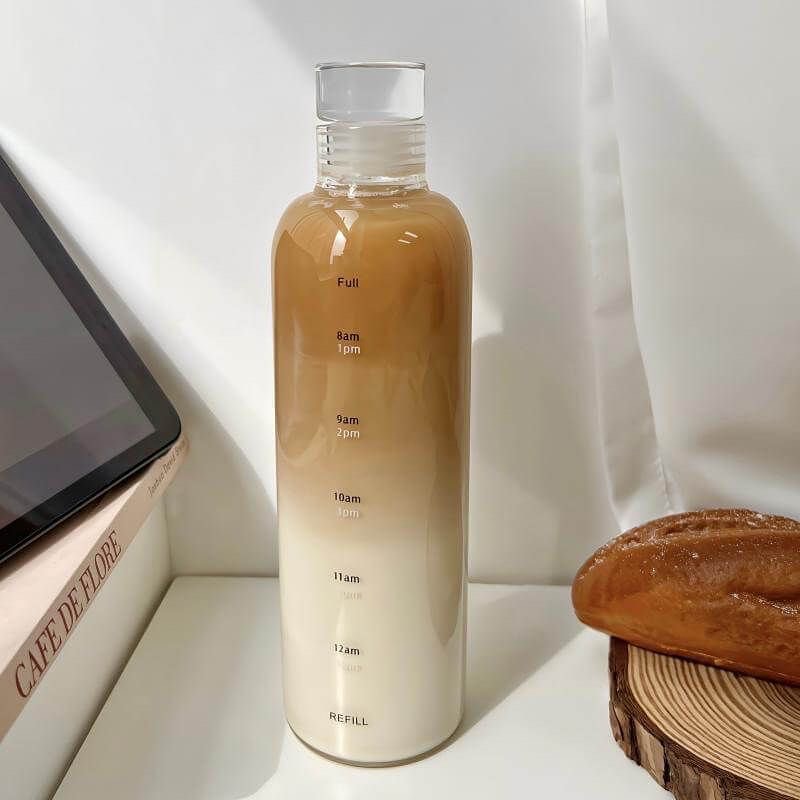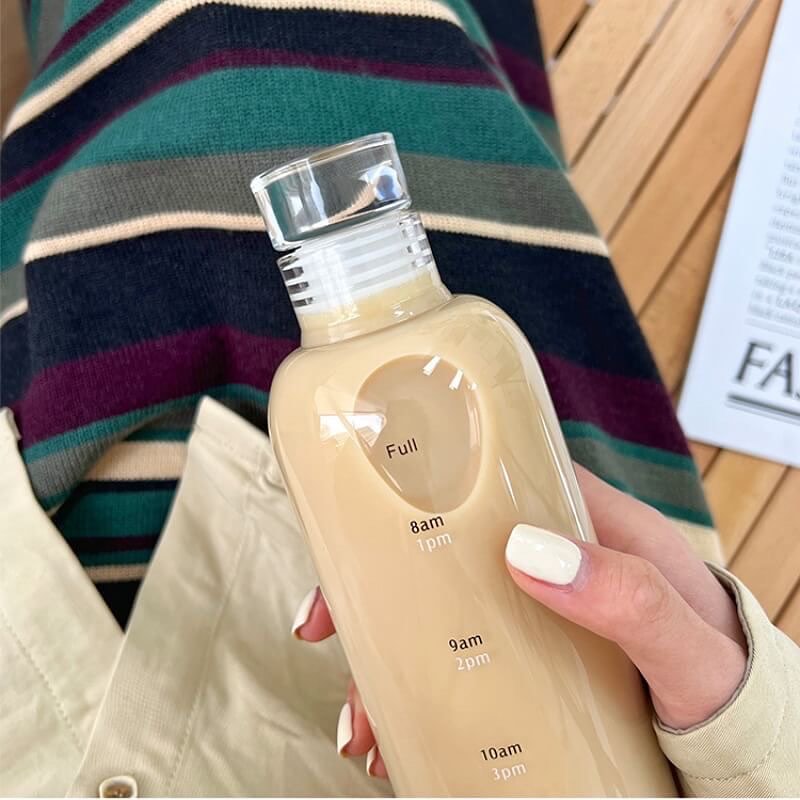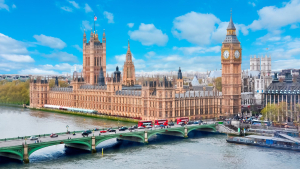Navigating the complexities of air travel regulations can be a difficult task for travelers. One of the most important aspects to comprehend is the handling of carry-on liquids. Following 9/11, the Transportation Security Administration (TSA) in the United States implemented stringent rules to improve flight safety.
Among these, the 3-1-1 liquids rule stands out as a watershed moment that has altered how passengers pack their carry-on bags. This rule, which focuses on the quantity and packaging of liquids, gels, and aerosols, seeks to reduce the security risks associated with in-flight travel. In this article, we explore navigating liquid carry-on regulations in the USA.
1. Understanding the 3-1-1 Rule
The 3-1-1 rule is a simple but important regulation for air travelers to understand. It allows each passenger to bring liquids, gels, and aerosols in travel-size containers of no more than 3.4 ounces (100 milliliters). All such containers must fit comfortably into a single, clear, quart-sized zip-top bag. This rule only applies to carry-on bags; there are more lenient rules for checked baggage.
2. The Science and Security Behind the Rule
Photo credit: instagram.com
The 3-1-1 rule was implemented due to security concerns, specifically the threat of liquid explosives. TSA checkpoints use sophisticated scanning technologies calibrated to detect potential threats posed by larger quantities of liquids, resulting in the restriction to smaller, more manageable amounts that pose less risk.
3. Exceptions and Special Circumstances
The 3-1-1 rule does have some notable exceptions, primarily in the areas of health and family needs. Medications, baby formula, food, and breast milk are exempt from these restrictions, but travelers must declare them at the checkpoint for additional screening. Additionally, duty-free liquids purchased in secure areas can be carried onboard, subject to certain conditions.
More: 20 Most Romantic Weekend Getaways in the U.S. for 2024
4. Practical Tips for Travelers
Photo credit: instagram.com
Efficient packing can save time and reduce stress. Travelers should purchase travel-sized items or use refillable containers for their essentials. Keeping these items organized and easily accessible can help speed up the TSA checkpoints’ screening process.
5. Global Perspectives
Liquid carry-on regulations vary worldwide, but most adhere to similar principles for security reasons. International travelers should know the specific rules governing their destinations, including any variations for flights to and from the United States.
While the 3-1-1 liquids rule may appear to be restrictive at first, it is critical to ensuring air travel safety. Travelers can have a more seamless and stress-free journey if they plan ahead of time and understand the regulations.
More: 20 Best California Beach Towns for Your Perfect Getaway









